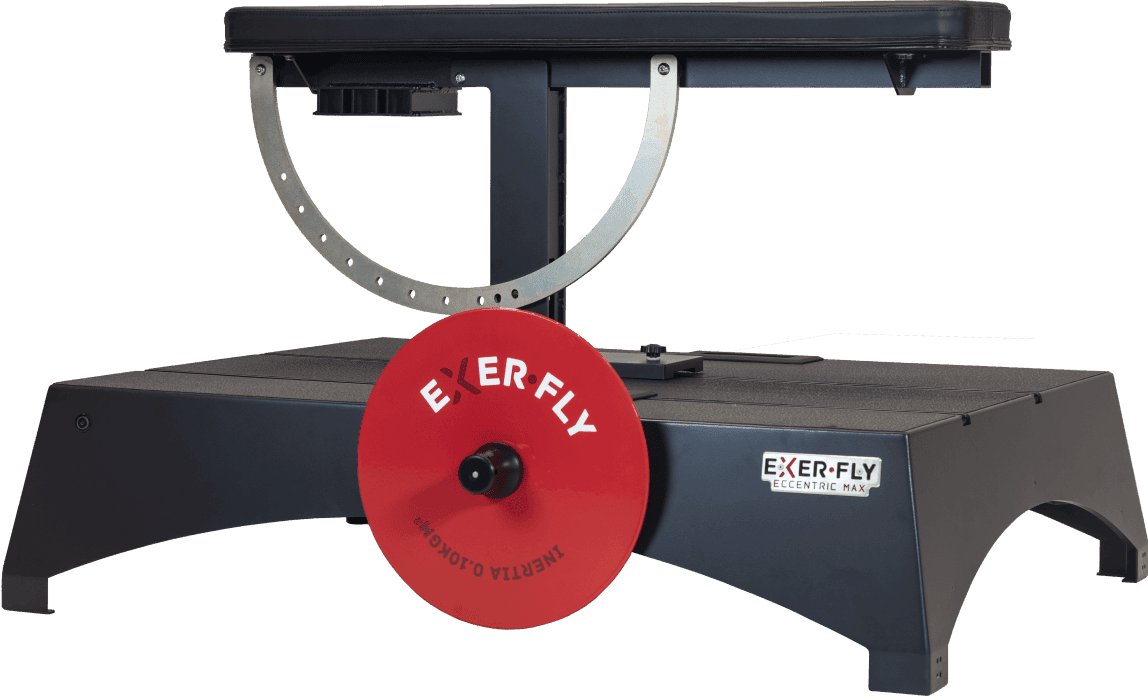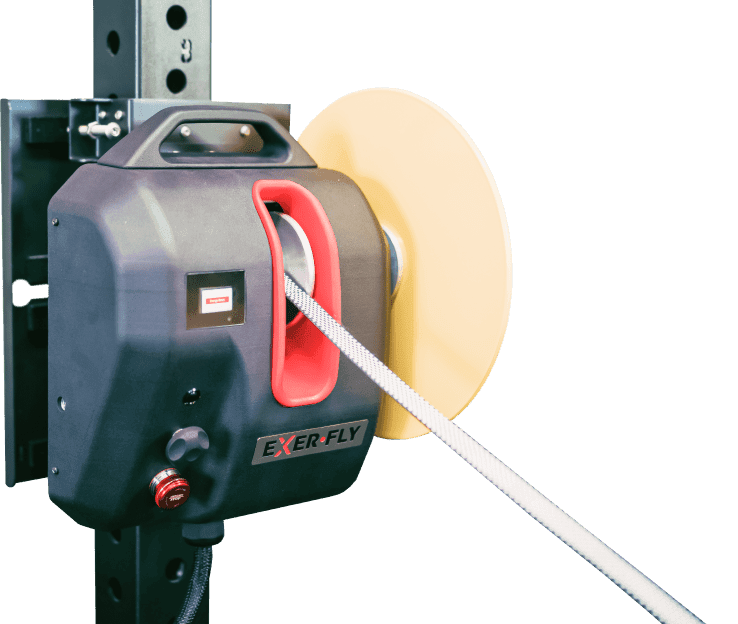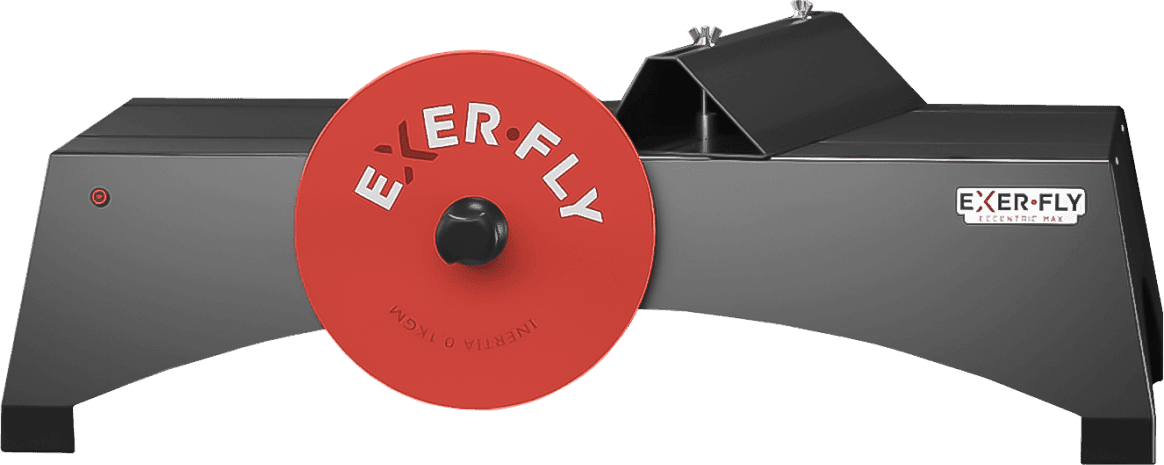
Muscle and Systemic Molecular Responses to a Single Flywheel Based Iso-Inertial Training Session in Resistance-Trained Men
Introduction
Since the flywheel was first established as an effective training device able to combat the neuromuscular dysfunctions that occur during space flights, gravity-independent resistance exercise devices have found wide use across a range of sports (de Hoyo et al., 2015), injury prevention (Askling et al., 2003), and clinical rehabilitation (Greenwood et al., 2007).
This study investigated the molecular adaptations induced by flywheel (FW) exercises, as growing evidence points to the effectiveness of flywheel-based iso-inertial resistance training in improving physical performance capacities.
What They Did
Subjects
This single-group study, a pre-post intervention design, was employed to assess the effect of a single FW resistance exercise session on the modulation of both muscular and systemic molecular markers of inflammation and muscle remodeling.
Eight recreationally resistance-trained healthy male subjects (engaged in resistance exercise for general health-related purposes, 2–5 days per week) undertook two familiarization sessions with the FW device and underwent two testing sessions.
Enrolment procedures were carried out before starting the exercise of the first familiarization session (1st visit), while anthropometric assessment was performed before the second one (2nd visit).
Participants' peak iso-inertial power output was assessed in the first testing session (3rd visit), while in the second testing session (4th visit), participants undertook a FW resistance training routine at least 2 h after a light Mediterranean breakfast (60% carbohydrates, 20% proteins, 20% fats). Immediately before (t0) and 2 h after (t1), the training routine blood samples were drawn, and muscle needle biopsy samples were collected.
Participants performed 5 sets of 10 maximal squats (with 3-min rest intervals in between) on a FW device placed under the barbell of a Smith machine. They wore a harness—fastened on both shoulders and waist—anchored to the strap of the FW device using a snap-hook placed between the thighs, just below the pubic region.
The FW device was equipped with a height-adjustable, telescopic kit providing a reference point (knee angle of 90°) for both the starting position and the end of the downward action of each repetition.
Within 3 s (to avoid unnecessary fatiguing isometric contractions), participants were asked to perform 10 reps, exerting as much force and speed as possible during each concentric action while gripping (just outside the width of the shoulders) the barbell of the Smith machine (which was equipped with a barbell pad and placed high up on the back of the shoulders).
The FW device was previously loaded with one or more disks providing the inertial resistance that yielded each participant's peak power output (which was obtained in the first testing session–see below for details). In contrast, the barbell of the Smith machine was unloaded.
What They Found
Researchers found that FW exercise acutely affects the local and systemic markers involved in late structural remodeling and functional adaptation of skeletal muscle. The results indicated that a single FW-based iso-inertial training session seems to induce muscle microlesions and increases pro-inflammatory gene expression in resistance-trained men.
These data also suggest an earlier activation of the processes related to muscular injuries compared to those involved in muscle growth and repair. Therefore, FW-based iso-inertial exercise seems to induce early muscle and systemic molecular adaptations, even in trained individuals, that have the potential to cause a late hypertrophic response.
Practical Application
If you are resistance trained and are looking to develop a hypertrophic response through flywheel training, consider implementing the following training schedules to your routine
- 6 sets of up 10 reps at 80% of 1 repetition maximum (RM) with 3 min rest; or
- 4 sets of 10 reps at 70% of 1RM with 3 min rest; or
- 3 sets of 8 reps at 80% of 1RM with 5 min rest,
If you want to improve your fitness, whether for athletic performance or physique, book a free consultation with our team, and we can discuss which Exerfly device fits your outcomes best
In conclusion, the present study's findings show that a single FW-based iso-inertial training session seems to induce muscle microlesions and increases pro-inflammatory gene expression in resistance-trained men.
These data also suggest an earlier activation of the processes related to muscular injuries compared to those involved in muscle growth and repair. Therefore, FW-based iso-inertial exercise seems to induce early muscle and systemic molecular adaptations, even in trained individuals, that have the potential to generate a late hypertrophic response.
Reference
Annibalini, G., Contarelli, S., Lucertini, F., Guescini, M., Maggio, S., Ceccaroli, P., ... & Benelli, P. (2019). Muscle and systemic molecular responses to a single flywheel based iso-inertial training session in resistance-trained men. Frontiers in physiology, 10, 554.






